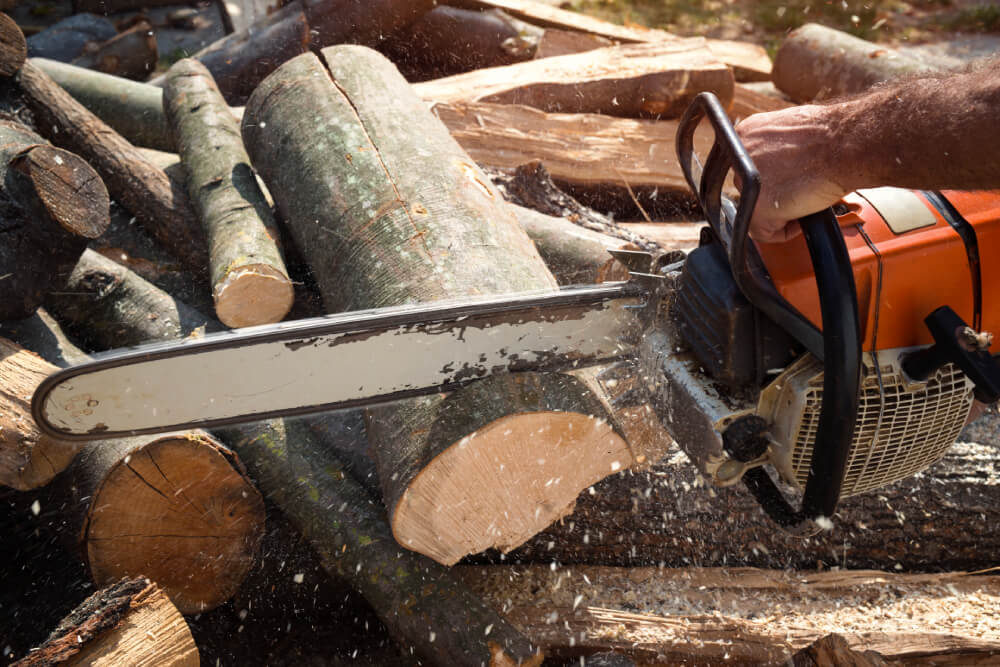The Effects of Tree Cutting on the Environment: What You Should Know Before Removing Trees

Does your property have any trees that need to be taken down? Are you worried about how this might affect the environment? Even though trimming trees may be required for building, property upkeep, or safety, it’s important to know how tree removal impacts the ecology. What ought to be taken into account before choosing?
The ecosystem depends on trees. They sustain fauna, give out oxygen, and sequester carbon. Local ecosystems may suffer a cascade of consequences if even a single tree is removed. On the other hand, there are situations when illness, safety concerns, or land requirements make tree removal inevitable. We’ll look at striking a balance between environmental preservation and essential tree removal in this post.
Understanding the Environmental Role of Trees
1. Carbon Sequestration
Trees are essential in the fight against climate change. They take in atmospheric carbon dioxide and store it in their leaves, roots, and trunks. When a tree is cut down, its capacity to store carbon is lost. If the wood isn’t properly managed or reused, the carbon may be released back into the atmosphere.
2. Habitat for Wildlife
For numerous kinds of birds, insects, and mammals, trees offer food and shelter. When a tree is taken down, nearby wildlife populations may be impacted, particularly if the tree is a component of a wider habitat. For example, birds who build their nests in trees would have trouble finding other places to live, and animals that depend on the fruit or leaves of the tree for sustenance might also be impacted.
3. Water Regulation
Trees aid in the management and retention of water. By absorbing water from the soil, their roots lessen the chance of erosion and flooding. The removal of a tree has the potential to upset the local water balance, which could worsen soil conditions and increase the likelihood of flooding following heavy precipitation.
Responsible Tree Cutting Practices
While cutting down trees can have negative environmental effects, there are ways to minimize these impacts.
1. Careful Trimming and Shaping
Pruning or selective cutting may be a less destructive choice than removing a tree in its entirety. This lets you control the tree’s development without compromising its environmental advantages. For instance, removing dead or overgrown branches can lower the risk to public safety while preserving the tree’s ecological function.
2. Replacement of Trees
If it is necessary to remove a tree, think about planting a new one in its stead. Tree planting and reforestation initiatives can mitigate the loss of trees on a local and global scale. Planting a new tree for every one that is taken down guarantees that the ecosystem will continue to gain from the creation of habitat, oxygen, and carbon storage.
3. Making Use of Wood
Reusing the wood that has been cut down from a tree is an environmentally responsible choice. Consider using the wood for building, furniture, or mulch rather than throwing it away or burning it, which releases carbon. In this sense, the wood serves a purpose and the carbon is retained in it for a longer time.
4. When to Cut a Tree
If tree removal is necessary, try to schedule the work for the dormant season, which runs from late fall to early spring. By doing this, the disturbance to wildlife and nesting birds that depend on the tree throughout its growing season is reduced. Additionally, it is gentler on the surrounding flora and the tree’s root structure.
When Tree Cutting is Necessary
There are situations where tree cutting is unavoidable:
- Risks to Safety: A tree is dangerous to persons and property if it is sick, dying, or has shaky branches that could break off. Removal is the safest course of action in these situations since the risk outweighs the environmental damage.
- Room to Build: Trees occasionally need to be removed to make place for development or home extension. It’s critical in these situations to use safe cutting techniques and, if required, obtain permissions.
- Prevention of Diseases: Certain diseases of trees can spread fast to neighboring plants. Eliminating a diseased tree helps stop the illness from spreading to nearby healthy trees.
Conclusion
Cutting trees ought to be done carefully and responsibly, taking into account the requirements of both environmental preservation and development as well as safety. Whenever feasible, take into account substitutes such as tree cutting or relocation, and constantly look into ways to reduce the ecological impact. Replanting and reusing the wood might lessen the impact if removal is required. We can efficiently manage the trees around us and preserve the health of our planet by implementing sustainable tree cutting procedures.
